There is a lot of engineering that goes into today’s TVs and video projectors to provide consumers with the best possible viewing experience. One feature that is very important but sometimes misunderstood is Video Upscaling.
The Need For Video Upscaling
The reason why video upscaling is important is that no matter what type of flat panel TV (LED/LCD, QLED, Mini-LED, Nanocell, OLED, or QD-OLED) or video projector you have they all have screen panels (imaging chips in the case of video projectors) that display a fixed number of pixels on the screen. This means that there must be enough image information available to match the number of pixels on the screen.

Here is how the fixed pixel count breaks down for TVs and projectors:
- 8K UHD: 7,680 x 4,320 pixels = 33.3 million pixels total (33 megapixels)
- 4K UHD: 3840 x 2160 pixels = 8.2 million pixels (8 megapixels)
- 1080p FHD (Full HD): 1920 x 1080 pixels = 2.1 million pixels (2.1 megapixels)
- 720p HD: 1366 x 768 pixels = 1 million pixels (1 megapixel)
Tip: Technically, 720p is actually 1280 x 720 pixels, but TVs are manufactured with 1366 x 768 pixels which are actually 768p (720p in video projectors is 1280 x 720 pixels).
With TVs and projectors having a fixed number of pixels, a major issue arises as video sources provide content in a variety of resolutions. This means that each of these TVs and projectors has to not only be able to accept different resolution sources but also have to display those sources full-screen and in the correct aspect ratio.
Tip: 720p and 1080p TVs can’t accept incoming 4K UHD signals. However, select 720p and 1080p video projectors can accept incoming 4K UHD signals. 720p TVs and video projectors generally accept 1080p signals.
What Video Upscaling Is
Video upscaling is a process that interpolates incoming video signals that may be a higher or lower resolution than the TV or projector’s fixed display resolution so that the signals can be shown correctly. This means that video upscaling tries to estimate what a lower-resolution video should look like if it was the higher resolution that the TV or video projector is capable of displaying.
To take the possible resolution variations into account all TVs and projectors incorporate some form of video upscaling. Also, if the TV or projector accepts resolutions higher than their native resolution, then video downscaling would have to be performed.
The video upscaling in a TV or video projector automatically activates when the content of a video signal doesn’t have enough pixels to fill the screen. Using sophisticated algorithms, the TV fills in the missing information closely as possible based on the makeup of surrounding pixels.
In addition, the video upscaling process also has to address other factors such as noise reduction, edges, textures, and sharpness.
How well (or not so well) all of the above factors are addressed, determines the quality of what you see on the screen. It is possible that a displayed image can actually look worse after upscaling if the processor does a poor job.
What Video Upscaling Isn’t
The video upscaling process doesn’t magically make lower resolution into higher resolution. However, if executed effectively, it can make lower-resolution content look almost as good as the native display resolution that the TV supports.
On the other hand, if the incoming signal contains embedded artifacts, such as excessive video noise, poor color, or harsh edges, the result may end up looking worse than if it was displayed on a TV that has a display resolution that matches the resolution of the incoming signal.
For example, if the TV is trying to upscale poor signal sources, such as VHS, or low-resolution streaming content, results may be mixed at best, or poor at worst. DVD fares better when upscaled to 1080p or 4K, but you can still see the difference between a DVD and Blu-ray source.
The quality of the upscaling result is also dependent on the video processing chip(s) used in the specific brand/model TV. 8K TVs have the most difficult job displaying content as almost all of the source content is a lower resolution and there is very little native 8K content available to watch.
AI Video Upscaling

While 8K TVs typically upscale 4K content sources well, the problem is that 1080p, 720p, and 480p content are all extremely low resolutions in comparison. As result, TV makers have made more sophisticated video processing chips that incorporate Artificial Intelligence (AI).
These advanced processors use machine learning to enable constant adjustments on a frame-by-frame basis with improved pixel interpolation to get the best possible result. LG, Samsung, and Sony are brands that take this approach on their 8K TVs.
Tip: AI video processing is also used on high-end 4K UHD TV models from selected brands.

Video Upscaling Using Source Devices
In addition to TVs and projectors, video upscaling is also incorporated into many source devices. This may seem redundant but if you find that your TV’s upscaling capability is sub-par, sometimes a source device might be a better option as the TV or video projector can do less processing if it receives an already good quality already-upscaled image source.
Tip: Read your device’s user guide for details.

DVD Players with HDMI outputs: Although DVD is not a high-definition format, some DVD players provide upscaled output resolutions of 720p and 1080p.
Blu-ray Disc players: All Blu-ray disc players provide 1080p video upscaling for DVD playback and some also provide 4K UHD video upscaling for better playback results on a 4K UHD TV.
4K UHD Blu-ray players: When DVDs and Blu-ray discs are played on a UHD Blu-ray player video upscaling is provided for those formats.
Media Streamers: Plug-in media streamers, such as Roku, Fire TV, Chromecast, Apple TV, and Android boxes usually provide upscaling capabilities.
Game Consoles: Sony Playstation and Microsoft Xbox include video upscaling.
Cable/Satellite Boxes: Depending on your cable/satellite service, your receiver or receiver/DVR may have built-in video upscaling.
Home Theater Receivers and AV Preamp/Processors: In addition to audio features, these devices may also provide video pass-through, analog to HDMI conversion, and/or video upscaling options (read the user guide for details as mentioned at the top of this section).
Related Reading
Buying A New TV: Everything You Need To Know

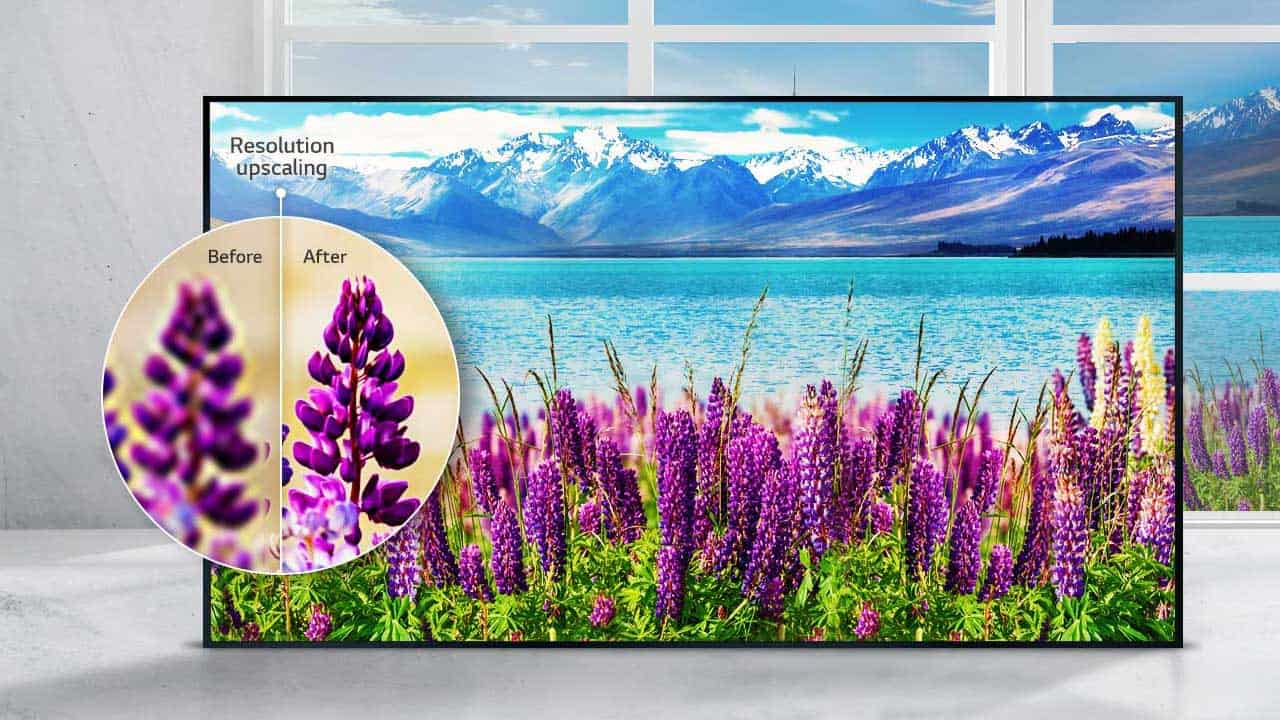













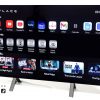











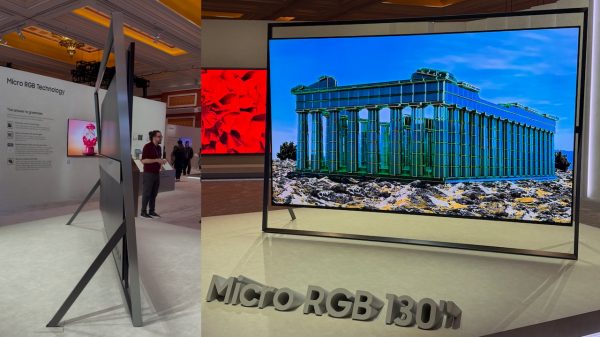

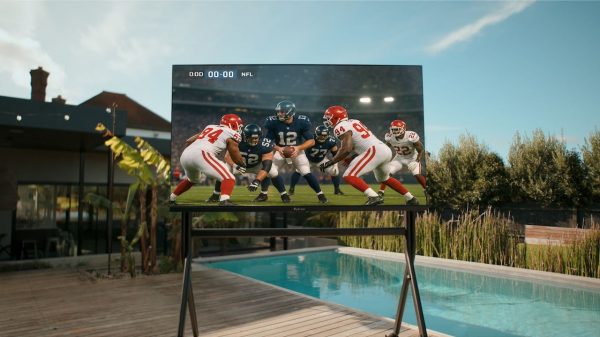

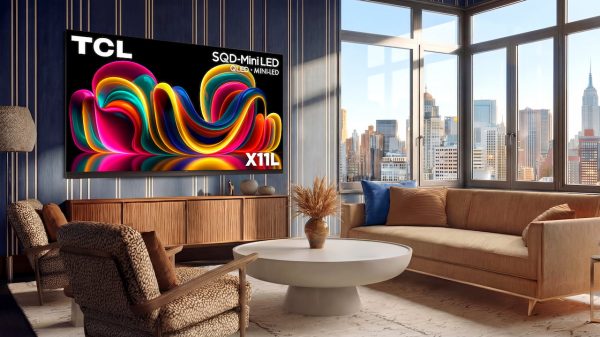

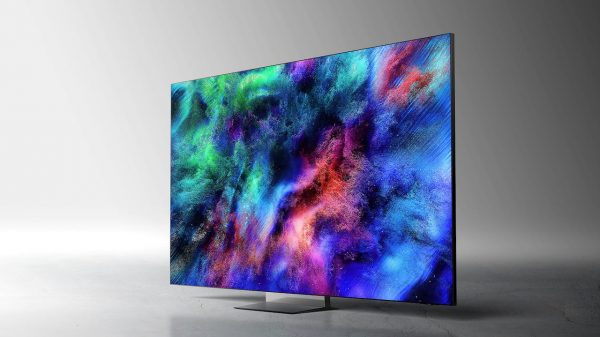
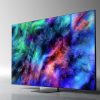


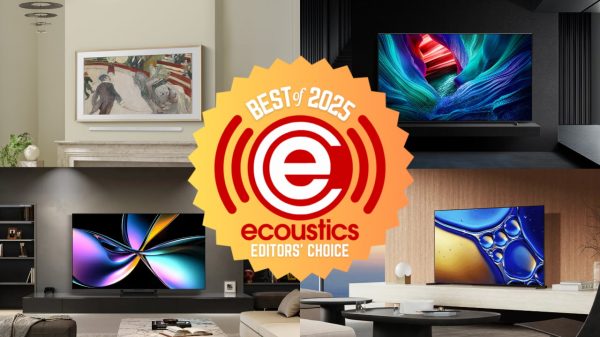














ORT
November 29, 2022 at 11:13 pm
Hi! A good read, thank you! Would you happen to know if the Faroudja line doubler or any variant thereof is still in use in modern video reproduction?
Thank you!
ORT
Robert Silva
December 1, 2022 at 9:11 pm
That is a good question – there may be some studios or even TV stations that have one in their inventory, but so much has advanced since the glory days of Fauroudja (I still remember going to trade shows and being wowed and I think I have an old AVR with Faroudja processing) I don’t think they have a practical use – I still have a DVDO 1080p upscale that I have repacked into its box for the past few years.